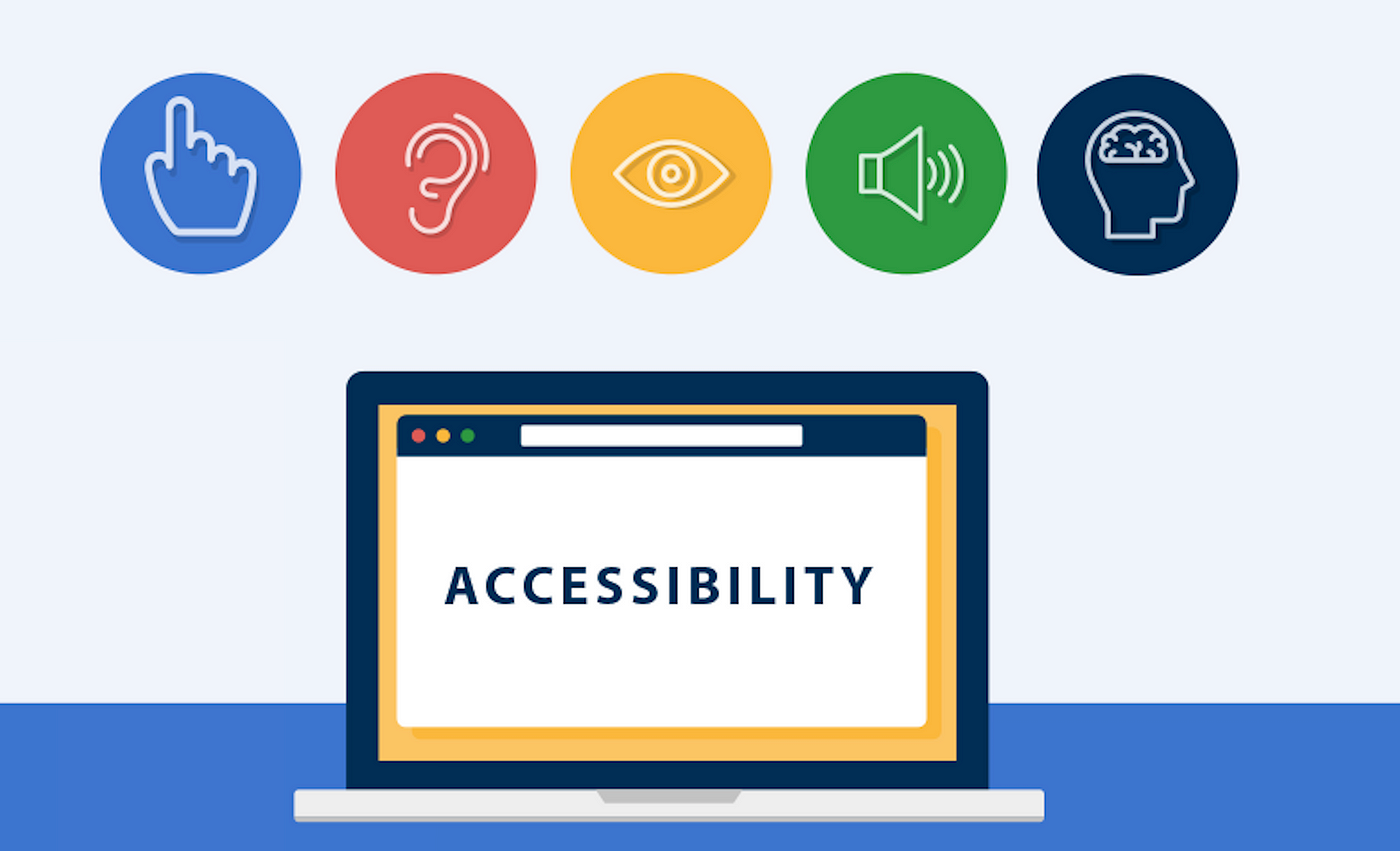Learn how to improve your website accessibility to all users and compliant with ADA guidelines with Techtenstein’s comprehensive guide. Discover essential strategies and best practices for creating an inclusive online experience that accommodates diverse needs.

Web accessibility is crucial for ensuring that individuals with disabilities can access and interact with your website effectively. In this comprehensive guide, Techtenstein provides essential insights and practical tips for making your website inclusive and compliant with the Americans with Disabilities Act (ADA) guidelines. By prioritizing web accessibility, you can enhance user experience, reach a broader audience, and demonstrate your commitment to inclusivity.
Understanding web accessibility
- What is Web Accessibility?
- Define web accessibility and its significance in ensuring that websites are usable by people with disabilities, including those with visual, auditory, motor, or cognitive impairments.
- Importance of ADA Compliance
- Explore the legal requirements outlined in the Americans with Disabilities Act (ADA) and the implications for website owners and businesses operating online.
Key Principles of Web Accessibility
- Perceivable
- Ensure that all users can perceive and access the information presented on your website, regardless of their sensory abilities.
- Operable
- Make your website operable for all users, including those who navigate using keyboards, assistive technologies, or alternative input devices.
- Understandable
- Create content that is clear, concise, and easy to understand, facilitating comprehension for users with cognitive or language barriers.
- Robust
- Build your website using robust and universally compatible technologies, ensuring compatibility with a wide range of assistive devices and technologies.
Common Accessibility Barriers and Challenges
- Inaccessible Navigation
- Address issues such as complex navigation menus, lack of keyboard accessibility, and inconsistent navigation structures that hinder users with disabilities from navigating your website effectively.
- Non-Compliant Forms
- Ensure that all forms on your website are accessible to users with disabilities, including proper labeling, error identification, and compatibility with screen readers.
- Inaccessible Media Content
- Implement accessibility features for images, videos, and audio files, such as alt text, captions, and transcripts, to ensure that all users can access and understand multimedia content.
Best Practices for ADA Compliance
- Semantic HTML Markup
- Use semantic HTML elements to structure your website’s content in a logical and meaningful way, enhancing accessibility for assistive technologies and screen readers.
- Keyboard Accessibility
- Ensure that all interactive elements on your website can be accessed and activated using keyboard navigation alone, providing an alternative input method for users with mobility impairments.
- Color Contrast and Visual Design
- Optimize color contrast ratios and visual design elements to improve readability and usability for users with low vision or color blindness.
Tools and Resources for Web Accessibility Testing
- Automated Accessibility Testing Tools
- Explore popular accessibility testing tools and software suites that can help you identify and remediate accessibility issues on your website efficiently.
- Manual Accessibility Audits
- Conduct manual accessibility audits and usability testing sessions with users with disabilities to gain insights into their experiences and identify areas for improvement.
- Accessibility Guidelines and Standards
- Familiarize yourself with established accessibility guidelines and standards, such as the Web Content Accessibility Guidelines (WCAG), to ensure comprehensive compliance with web accessibility best practices.
Implementing Accessibility Improvements
- Prioritize Accessibility Updates
- Develop a roadmap for implementing accessibility improvements on your website, prioritizing critical issues and high-impact changes that enhance usability for users with disabilities.
- Continuous Monitoring and Maintenance
- Establish procedures for ongoing monitoring and maintenance of web accessibility, including regular audits, updates, and staff training to ensure long-term compliance and effectiveness.
Ensuring web accessibility is not only a legal requirement but also a moral imperative to create an inclusive online environment for all users. By following the principles and best practices outlined in this guide, you can make significant strides towards achieving ADA compliance and improving the accessibility of your website. At Techtenstein, we specialize in assisting businesses in creating accessible and user-friendly websites that prioritize inclusivity and usability. Contact us today to learn more about our web accessibility services and how we can help you enhance your online presence while adhering to ADA guidelines.



